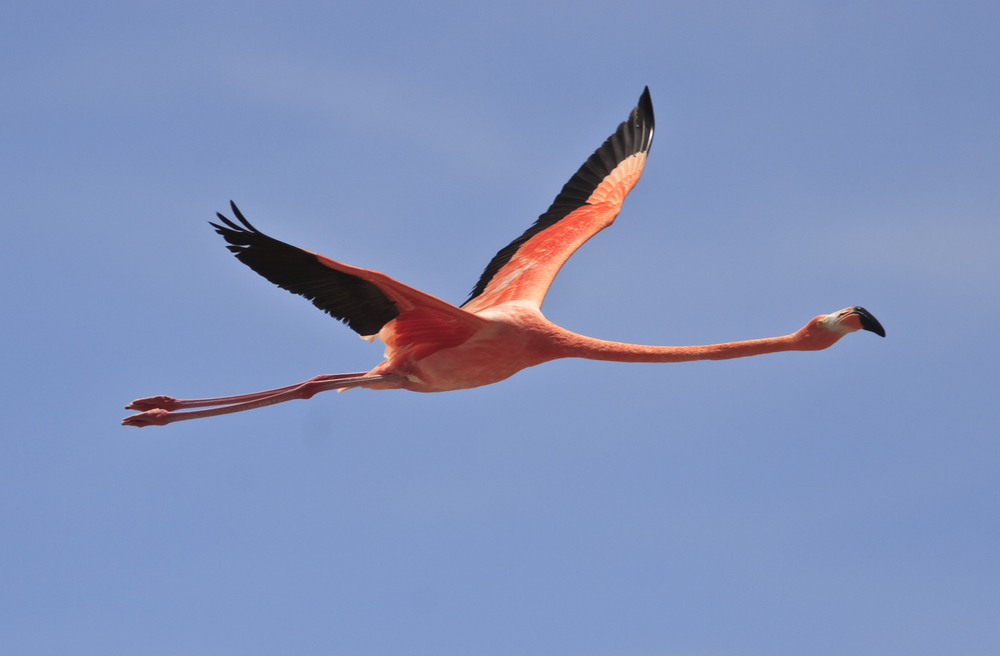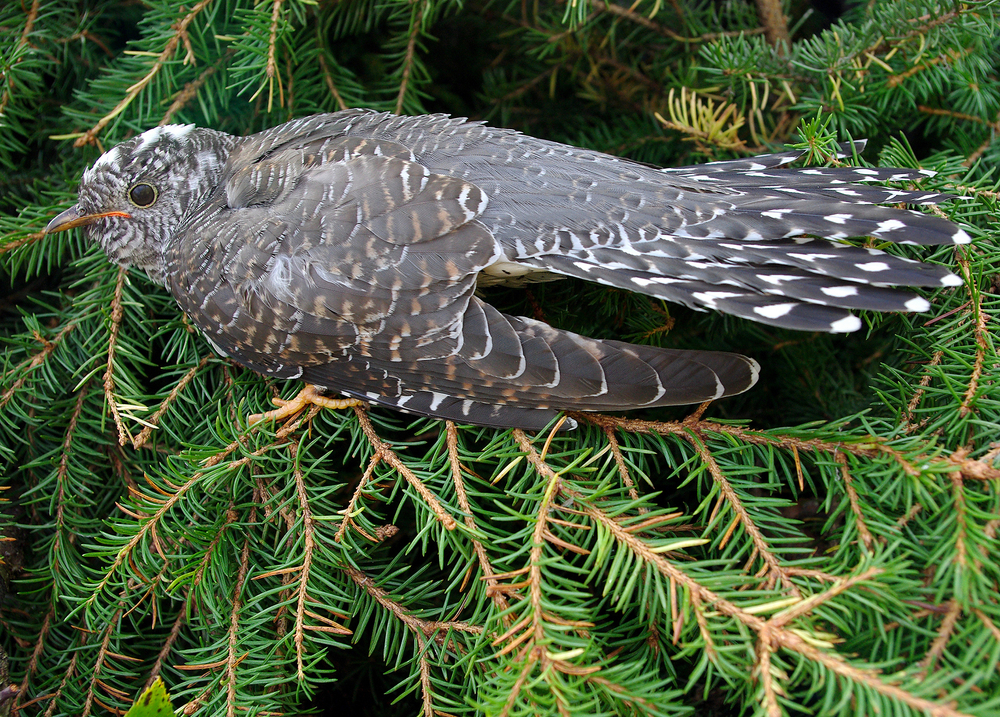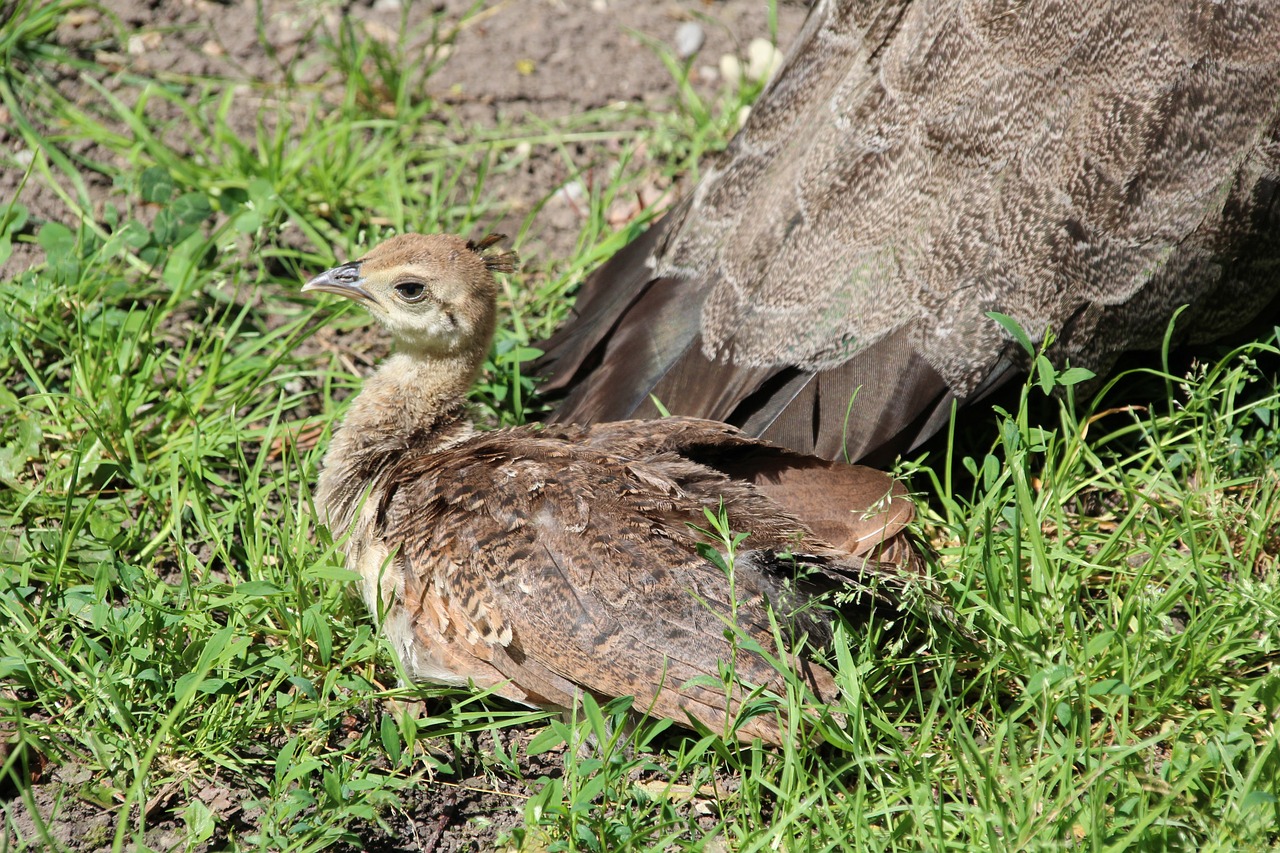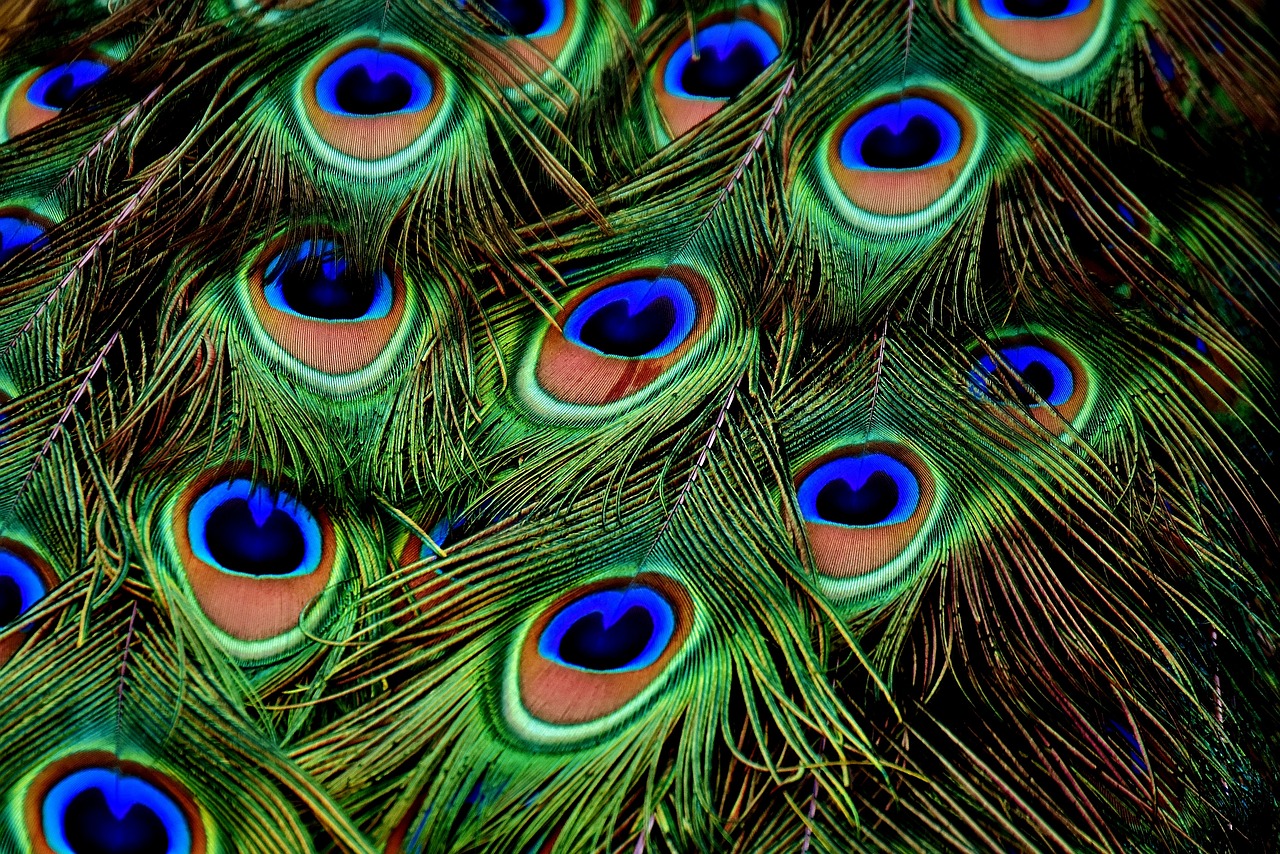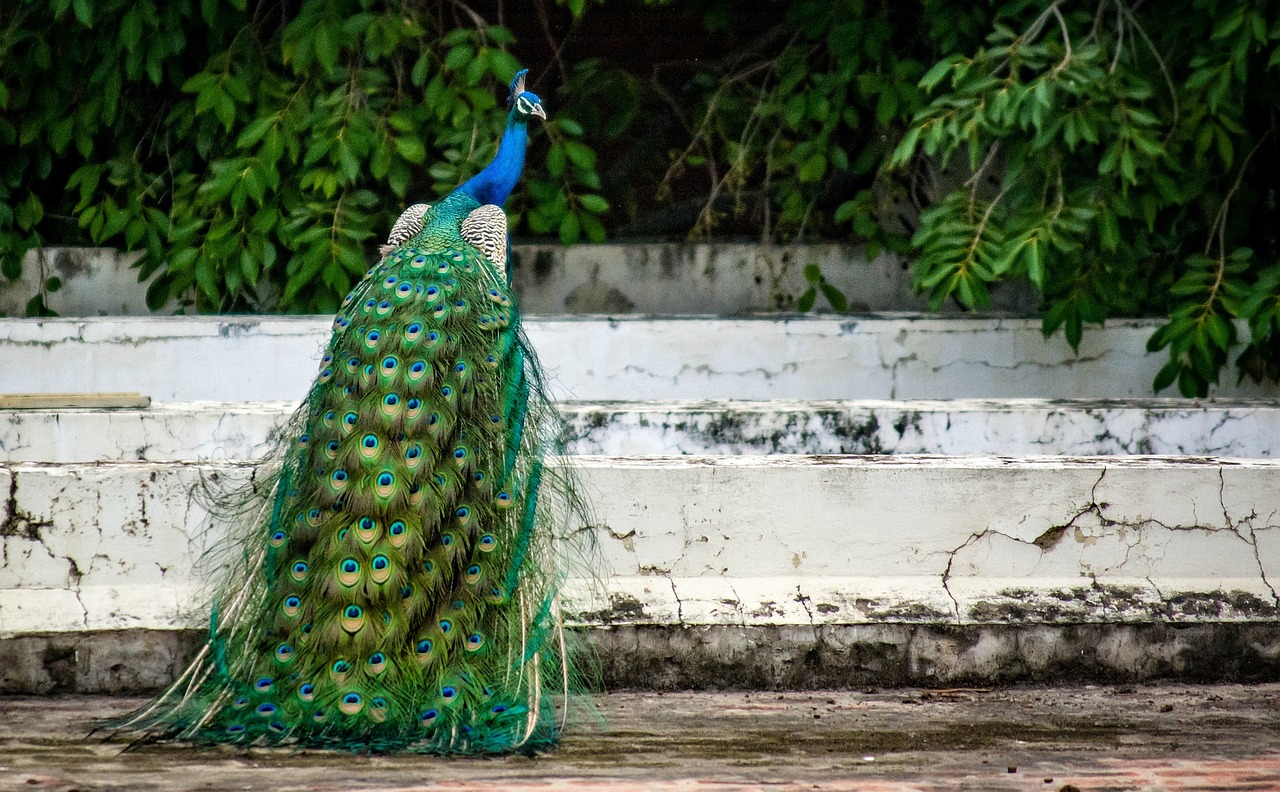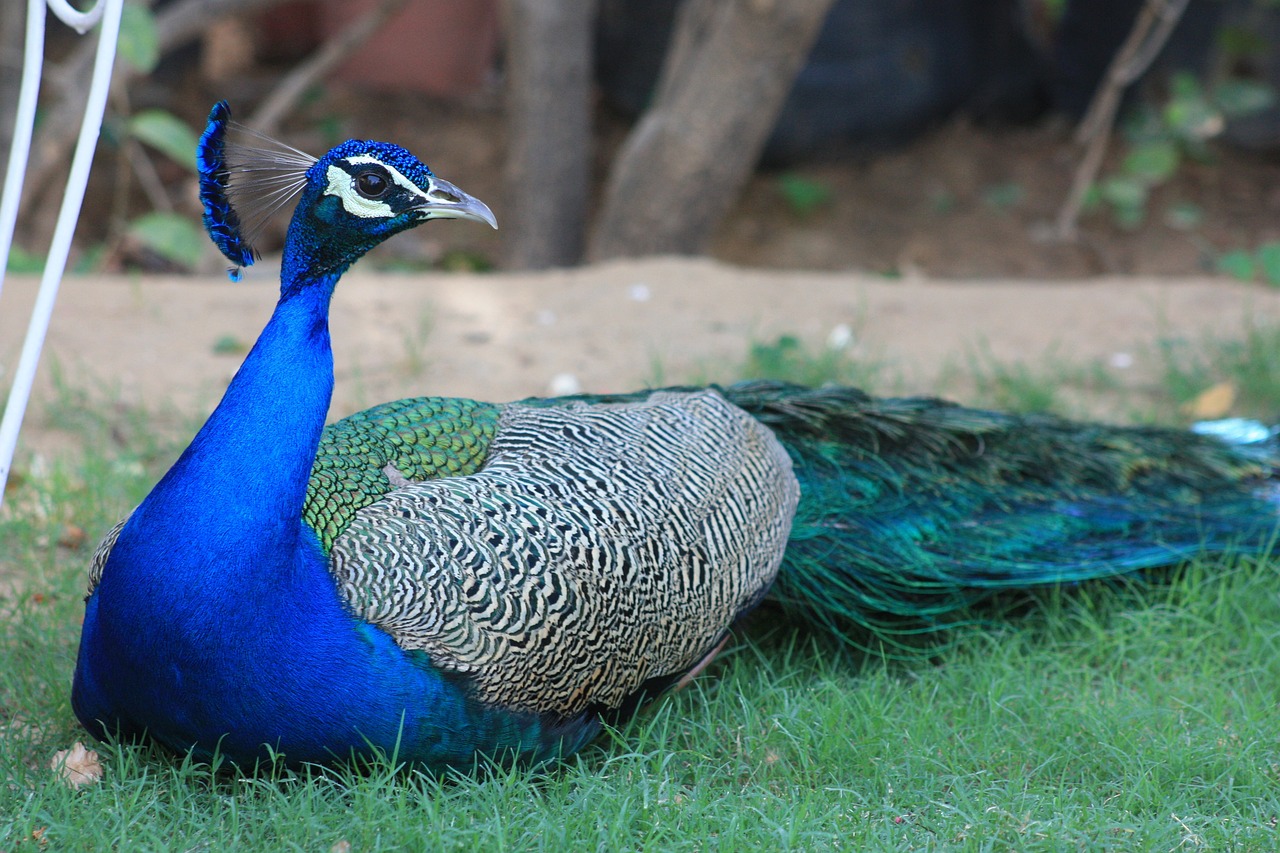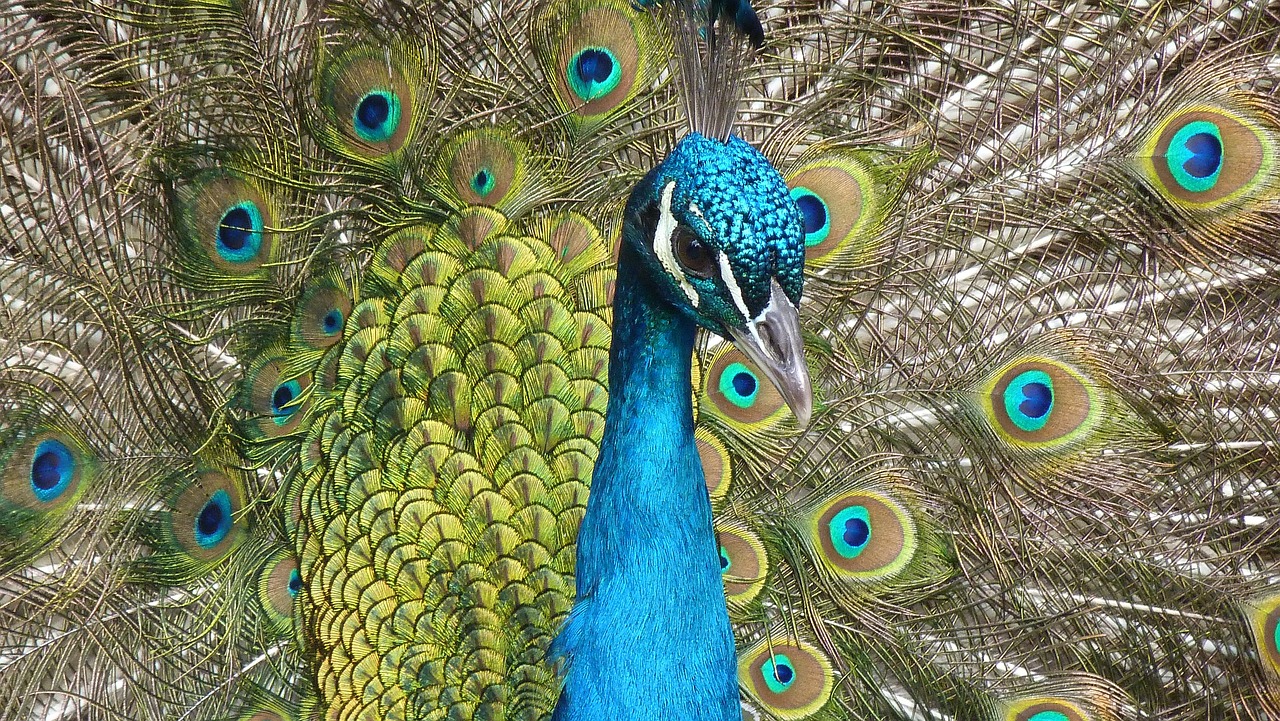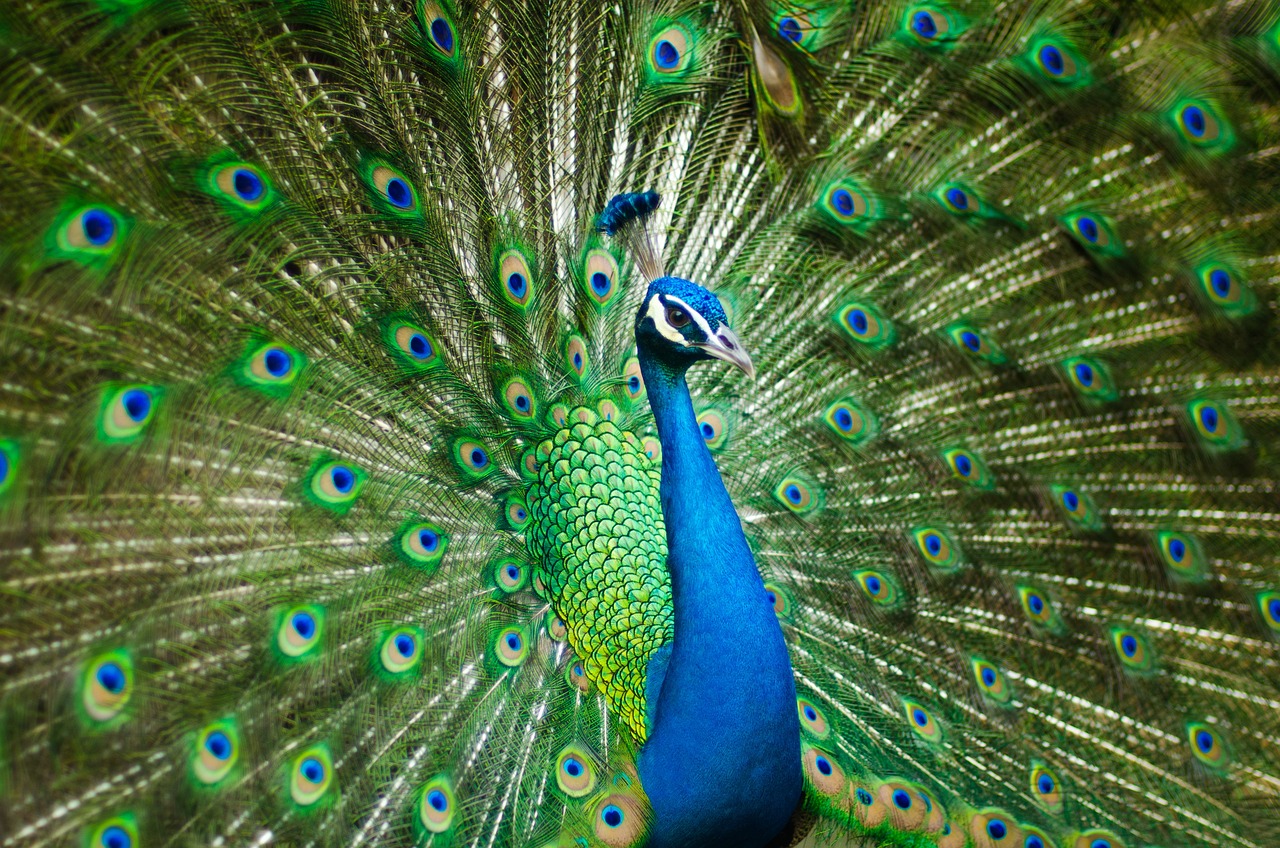The bird species most closely related to the Peacock (Indian Peafowl) is the Green Peafowl (Pavo muticus). Both are members of the genus Pavo, which is part of the pheasant family, Phasianidae. Here are some similarities and distinctions between them:
Similarities:
- Tail Feathers: Like the Indian Peafowl, the Green Peafowl male (Peacock) also has a spectacular tail (train) used in courtship displays. This tail can be fanned out to show off its eye-catching patterns, although the coloration and patterns differ from the Indian Peafowl.
- Sexual Dimorphism: In both species, the males are more colorful and have more elaborate trains than the females (Peahens), which are more subdued in color for camouflage.
- Behavior and Habitat: Both species exhibit similar behaviors, such as foraging on the ground for food and roosting in trees. They inhabit similar types of environments, including forests and areas near water.
Differences:
- Coloration: The Green Peafowl, as its name suggests, has more greenish hues in its plumage compared to the blue and green of the Indian Peafowl.
- Geographical Distribution: The Green Peafowl is native to Southeast Asia, particularly found in countries like Myanmar, Thailand, and Indonesia, while the Indian Peafowl is native to South Asia, primarily India and Sri Lanka.
- Conservation Status: The Green Peafowl is considered more at risk and is listed as endangered due to habitat loss and hunting, whereas the Indian Peafowl is more widespread and stable in its native range.
Despite these differences, the Green Peafowl and the Indian Peafowl share many physical and behavioral traits, making them closely related within the avian world.































































